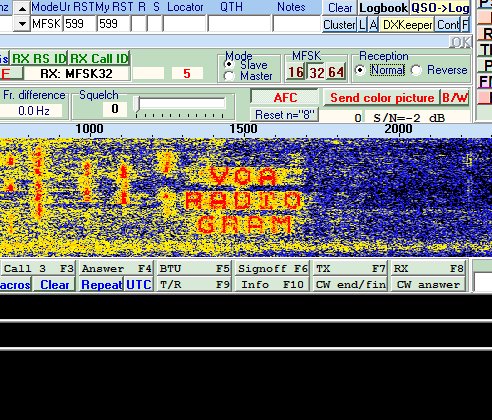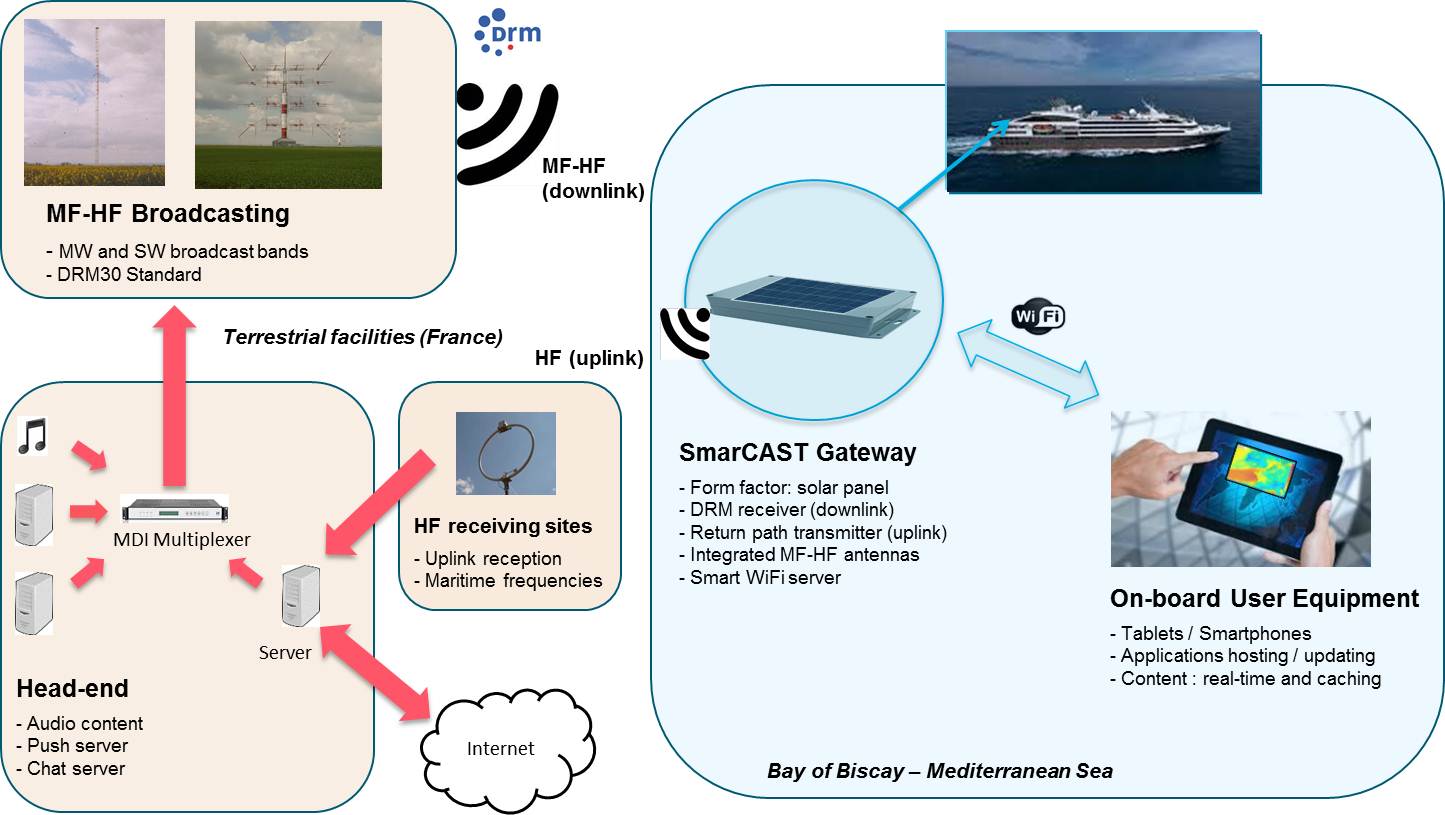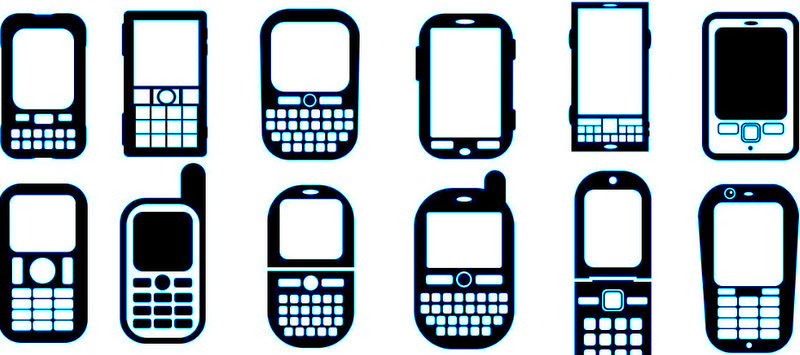(Source: DRM Consortium via Alokesh Gupta)
Gospell announces the imminent release of GR-216 DRM/AM/FM digital radio
Chengdu, China, September 05, 2016
Gospell, a leading supplier of pay TV system and equipment, satellite TV receiving products and microwave products, is delighted to announce the imminent release of GR-216 DRM/AM/FM digital radio, the first model in its Global Radio series range of tabletop radio. The product is designed to meet the demands of easy access to high quality information for cost-sensitive market at an affordable price.
GR-216 is equipped to receive DRM broadcast, as well as traditional FM with RDS and AM in medium wave band and shortwave band. Featuring a high performance DRM/AM/FM tuner, GR-216 provides noise-free reception of even the weakest stations. It supports the latest audio compression standard xHE-AAC and traditional HE-AAC as well as SBR and parametric stereo.
Besides the built-in whip antenna and ferrite bar antenna, dedicated AM/FM external antenna terminals with switch are located on the rear side of the radio, this will help those who live or work in a metal or concrete building and enjoy listening to a radio.
This unique radio will automatically turn itself on and initiate its emergency-tuning process when the Emergency Warning Broadcasting is engaged. The radio will enlarge its volume, flash the backlight, play siren sound and tune itself to the emergency program.
In addition to DRM program recording, AM/FM are also supported. Recorded program will be stored on the attached USB pen drive and can be played back on other devices such as a phone or a tablet. The GR216 also includes a scheduler which allows the user to schedule regular and unattended recordings for their favorite radio programme.
The built-in high-quality 3 inch full-range speaker with enlarged magnet provides outstanding audio performance and room filling sound. With the help of state-of-the-art audio processing technology, GR-216 includes separate bass, mid and treble tone controls and a graphics equalizer, users can tailor the sound to their taste. We’ve provided an output for headphones along with an audio output on the rear side of the radio for line recording or to connect GR-216 as a radio tuner to a home audio system.
As a tabletop radio, GR-216 features dual independent alarm clocks with sleep timer. The alarm clock allows for once, daily, weekday and weekend settings. The alarm can be adjusted to the volume you prefer with buzzer or radio stations.
All aspects of set-up, time and program information are clearly shown through an easy to read large LCD display with white backlight, which is paired with an intuitive rotary control, enabling quick and easy navigation. The display brightness and contrast can be adjusted for a comfortable night’s sleep.
“GR-216 is designed with the purpose and vision of providing easy access to high quality information, while utilizing a simple and intuitive user interface”. Said Haochun Liu, director of DRM development department, Gospell. “With the help of a carefully design and concrete quality, GR-216 will be a durable device that supports long-term use.”
For additional information, please visit www.gospell.com or contact Gospell sales at
[email protected]
About Gospell
Founded in 1993, Gospell Digital Technology Co Ltd (GOSPELL). is a private hi-tech enterprise with R&D, manufacturing, business consultancy and planning, trade, delivery, project implementation and after sales service, acting as a complete DTV and triple-play solution provider for Digital TV/OTT related projects. Headquartered in GOSPELL INDUSTRIAL PARK at Chenzhou, Hunan Province for CPE related production manufacturing, GOSPELL also has its office in Shenzhen for business/marketing management and administration, in Chengdu for R&D and headend/transmitter system production/debugging and Customer Service Center, and in 12 cities
in China as well as international offices in India, Africa and Mexico.
Gospell announces the imminent release of GR-216 DRM/AM/FM digital radio
Chengdu, China, September 05, 2016
Gospell, a leading supplier of pay TV system and equipment, satellite TV receiving products and microwave products, is delighted to announce the imminent release of GR-216 DRM/AM/FM digital radio, the first model in its Global Radio series
range of tabletop radio. The product is designed to meet the demands of easy access to high quality information for cost-sensitive market at an affordable price.
GR-216 is equipped to receive DRM broadcast, as well as traditional FM with RDS and AM in medium wave band and shortwave band. Featuring a high performance DRM/AM/FM tuner, GR-216 provides noise-free reception of even the weakest stations. It supports the latest audio compression standard xHE-AAC and traditional HE-AAC as well as SBR and parametric stereo.
Besides the built-in whip antenna and ferrite bar antenna, dedicated AM/FM external antenna terminals with switch are located on the rear side of the radio, this will help those who live or work in a metal or concrete building and enjoy listening to a radio.
This unique radio will automatically turn itself on and initiate its emergency-tuning process when the Emergency Warning Broadcasting is engaged. The radio will enlarge its volume, flash the backlight, play siren sound and tune itself to the emergency program.
In addition to DRM program recording, AM/FM are also supported. Recorded program will be stored on the attached USB pen drive and can be played back on other devices such as a phone or a tablet. The GR216 also includes a scheduler which allows the user to schedule regular and unattended recordings for their favorite radio program.
The built-in high-quality 3 inch full-range speaker with enlarged magnet provides outstanding audio performance and room filling sound. With the help of state-of-the-art audio processing technology, GR-216 includes separate bass, mid and treble tone controls and a graphics equalizer, users can tailor the sound to their taste. We’ve provided an output for headphones along with an audio output on the rear side of the radio for line recording or to connect GR-216 as a radio tuner to a home audio system.
As a tabletop radio, GR-216 features dual independent alarm clocks with sleep timer. The alarm clock allows for once, daily, weekday and weekend settings. The alarm can be adjusted to the volume you prefer with buzzer or radio stations.
All aspects of set-up, time and program information are clearly shown through an easy to read large LCD display with white backlight, which is paired with an intuitive rotary control, enabling quick and easy navigation. The display brightness and contrast can be adjusted for a comfortable night’s sleep.
“GR-216 is designed with the purpose and vision of providing easy access to high quality information, while utilizing a simple and intuitive user interface”. Said Haochun Liu, director of DRM development department, Gospell. “With the help of a carefully design and concrete quality, GR-216 will be a durable device that supports long-term use.”
For additional information, please visit www.gospell.com or contact Gospell sales at [email protected]
About Gospell
Founded in 1993, Gospell Digital Technology Co Ltd (GOSPELL). is a private hi-tech enterprise with R&D, manufacturing, business consultancy and planning, trade, delivery, project implementation and after sales service, acting as a complete DTV and triple-play solution provider for Digital TV/OTT related projects. Headquartered in GOSPELL INDUSTRIAL PARK at Chenzhou, Hunan Province for CPE related production manufacturing, GOSPELL also has its office in Shenzhen for business/marketing management and administration, in Chengdu for R&D and headend/transmitter system production/debugging and Customer Service Center, and in 12 cities
in China as well as international offices in India, Africa and Mexico.

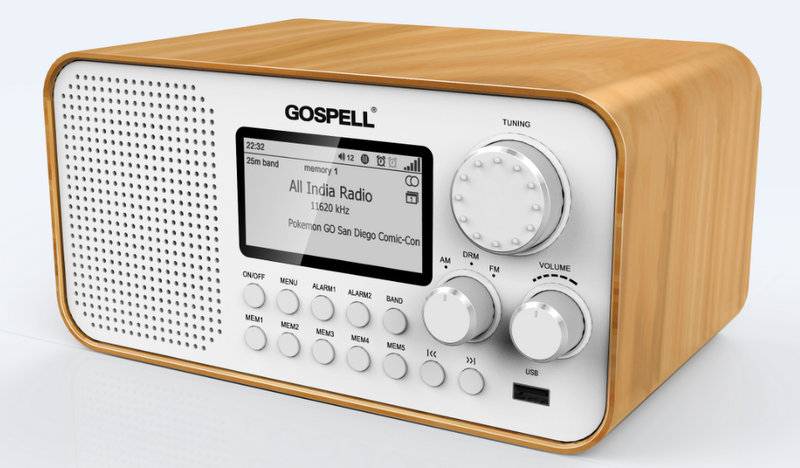
 (Source:
(Source: 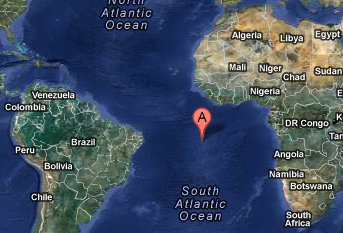 The two hour-transmission on 21715 kHz will start with the old, special sound of Bow Church Bell in east London, the sound of which, even if in DRM this time, will remind older listeners of the BBC broadcasts of many decades ago. The 21-hour transmission will be the regular BBC programmes for West and South Africa and will end at 1400.
The two hour-transmission on 21715 kHz will start with the old, special sound of Bow Church Bell in east London, the sound of which, even if in DRM this time, will remind older listeners of the BBC broadcasts of many decades ago. The 21-hour transmission will be the regular BBC programmes for West and South Africa and will end at 1400.
